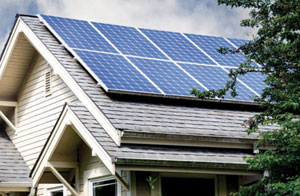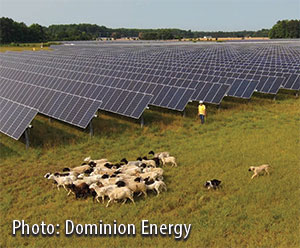POWERED BY THE SUN
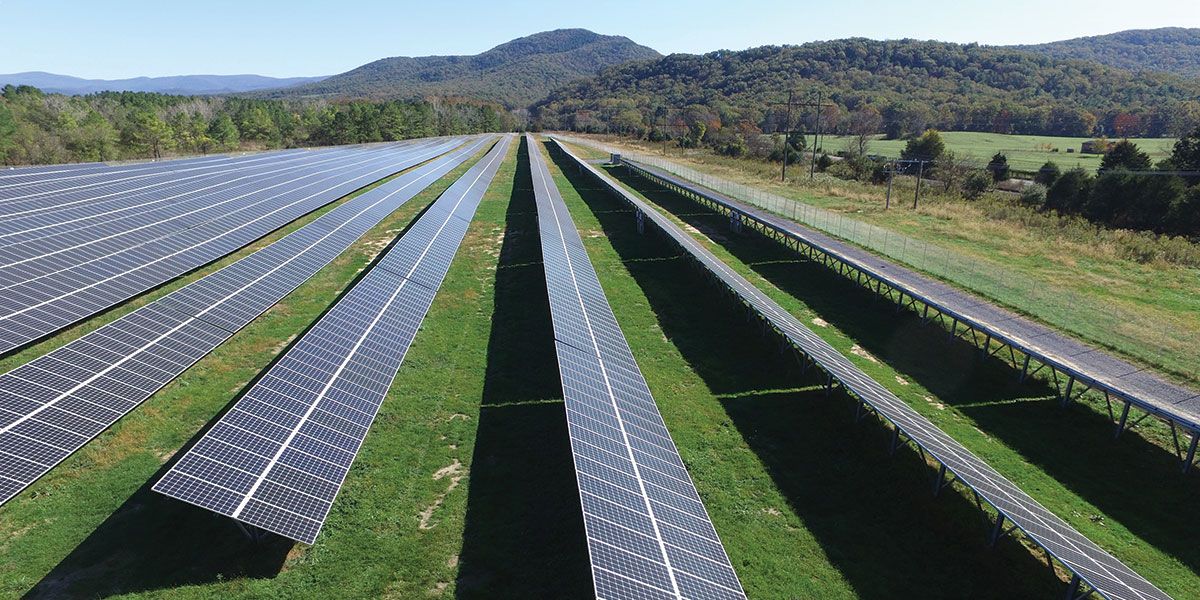
Photo: Regional Solar Farm, Courtesy of Dominion Energy
A Look at Solar Today and for the Future
Skip and Vickie Larrington began seriously considering solar energy for their Scruggs Road home in Moneta in early 2018. Vickie insisted that their collection panels not be visible from the water. That allowed for 45 southeast-facing panels to be installed on the roof — not the ideal straight-south orientation, but sufficient, they were told, to generate 85 percent of their power needs. That would yield a return of their investment, roughly $20,000 after federal tax credits, in about 10 years.
That projection was spot-on the first year. But the couple then wisely invested in LED bulbs for 25 overhead can lights in their main living areas, reducing their annual power demand by about 15 percent. “That has enabled us to solar-generate power equal to our full annual consumption each year since,” Skip says.
While the use of solar power accounts for just a small percentage of the electricity used in American homes, that number continues to rise. A 2022 Pew Research Center survey found that “8 percent of U.S. homeowners said they have already installed solar panels and an additional 39 percent have given serious thought to it in the past year.” According to MarketWatch, “More than one in seven U.S. homeowners will have solar panels on their roof by 2030.”
The Larringtons’ set-up with their power supplier, American Electric Power (AEP), is a net metering system, meaning that the utility supplements the power produced by their solar system as needed (during a string of cloudy days, for example). Shorter daylight, cold weather days of winter and air-conditioned days of mid-summer also require more energy than the solar system can produce. It’s averaged out at the end of an operational year to determine whether they owe anything to AEP, which does not “pay them back” for any excess they may have generated. The utility also charges them $9 per month for the net-metering billing process that keeps track of it all. Skip keeps records, too, logging daily the kilowatts used vs. those the solar system has produced. Not really necessary, but he’s one of those “Type A” engineers.
See a step-by-step guide to going solar in our infographic below.
Residential solar market
Solshine Energy of Roanoke has been serving the residential solar energy market in the Roanoke Valley since 2010. “Typically, a reasonably energy-efficient home with an adequate southern-facing roof area can expect to meet most all of its everyday energy needs through roof-mounted solar panels,” said owner Rick Brown. “Electrical suppliers install special meters that keep track of the self-generated electricity and adjust monthly bills accordingly. On a long sunny day, when a solar array is creating more energy than the home is using, the excess is automatically routed to the nearest neighbors as part of their utility-provided energy for that day.”
Contrary to what some may believe, a solar system will not supply energy when a storm or other interruption crashes the grid — unless the system includes an energy storage battery. “When the grid goes down, power generation from solar panels automatically pauses as a safety precaution,” Brown explained.
If a battery back-up is part of the system, it comes online just as a gas-powered emergency generator would, keeping homeowner-chosen circuits for freezers and refrigerators, critical lighting and perhaps internet and TV operational. It’s an expensive frill, Brown concedes, “…but some opt for the peace of mind of protecting frozen food and being able to live life fairly normally until the grid begins providing power again.”
Unlike gas-powered generators, a solar-fed battery back-up is noiseless, uses no fossil fuel, emits no fumes and requires no periodic maintenance or monthly test-starts. It simply does its thing and then recharges itself when the sun shines.
Brown noted that their systems, whether roof-mounted or ground-panel based, carry a 25-year warranty — more than twice the typical pay-back period for an installation. And after 25 years, solar panels don’t die; their energy production simply drops to about 90 percent of original capacity.
While some view panels on the roof as an environmental “badge of honor,” others find them unattractive and disruptive to the curb appeal of their home. Cost is certainly a factor, but the 30 percent federal tax credit and steadily dropping price for solar panels help. (There was an uptick due to supply chain issues during COVID, but that has now reversed, Brown asserts.)
HOW TO GO SOLAR
![]() 1 Choose an installer. Research or ask for recommendations to help you decide.
1 Choose an installer. Research or ask for recommendations to help you decide.
 2 Make sure your roof can support solar panels. A solar installer, roofing expert or structural engineer can help you determine your roof’s solar suitability.
2 Make sure your roof can support solar panels. A solar installer, roofing expert or structural engineer can help you determine your roof’s solar suitability.
 3 Determine your home’s solar potential. Aside from your roof, your home’s solar potential depends on its location, its position in relation to the sun, how much shade it gets and the type of system you choose.
3 Determine your home’s solar potential. Aside from your roof, your home’s solar potential depends on its location, its position in relation to the sun, how much shade it gets and the type of system you choose.
![]() 4 Calculate electricity needs. Review previous electricity bills to figure out how much power you need annually and seasonally.
4 Calculate electricity needs. Review previous electricity bills to figure out how much power you need annually and seasonally.
 5 Evaluate finance options. You can buy or lease a system. Buyers can purchase or obtain a solar loan. Buyers also receive solar tax credits and incentives.
5 Evaluate finance options. You can buy or lease a system. Buyers can purchase or obtain a solar loan. Buyers also receive solar tax credits and incentives.
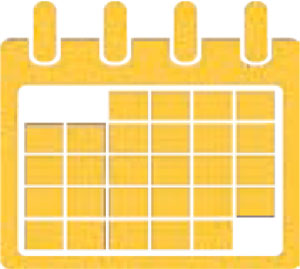 6 Obtain permits and schedule inspections. Give your installer the information they need to obtain permits and arrange inspections that the local government requires.
6 Obtain permits and schedule inspections. Give your installer the information they need to obtain permits and arrange inspections that the local government requires.
Source: U.S. Department of Energy
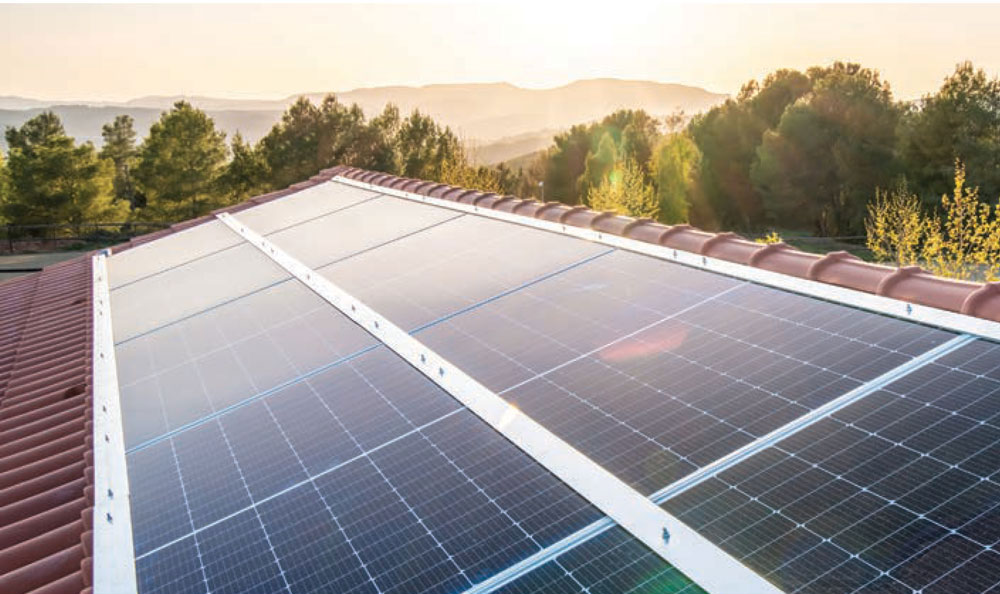 The bigger picture
The bigger picture
Corey Argentino, owner and CEO of Earth Right in Lynchburg, formed his company in 2019 to take a holistic approach to helping homeowners power into the future. Earth Right offers not just solar panel system installation, but also works with utilities to promote energy efficiency through education, LED technology, improved insulation and weatherization.
“Earth Right encourages people to conduct thorough research and, to that end, we’ve created an education and demonstration center at our offices on Timberlake Road in Lynchburg. There’s actually an energy efficient model home built right inside our building where people can view panel installations, metering systems — the whole nine yards — and get their questions answered factually.”
Argentino says one of the appeals of solar is that homeowners can protect a significant portion of their energy consumption against future utility rate increases. Their holistic approach helps reduce the number of solar panels needed to significantly impact utility bills, which is especially important for homes where roof space is limited and sun exposure is less than ideal.
The Tax Benefit
“The Residential Clean Energy Credit equals 30 percent of the costs of new, qualified clean energy property for your home installed anytime from 2022 through 2032. The credit percentage rate phases down to 26 percent for property placed in service in 2033 and 22 percent for property placed in service in 2034. You may be able to take the credit if you made energy-saving improvements to your home located in the United States.”
— Internal Revenue Service
What does the future look like for residential solar? In a word: “Booming!” Over the next 10 years, the solar gigawatts being generated in the United States are expected to grow exponentially as panel prices drop and efficiency improves. Some analysts, however, are concerned that technology improvements will cause many homeowners to upgrade their original panels before the purported 30-year life span runs out, leading to burgeoning amounts of environmentally hazardous materials.
What about homes in locations or with roof designs that do not allow for solar panel installation? According to Tim Eberly of Dominion Energy, power suppliers such as Dominion are increasingly offering “shared” or “community” solar programs. For Dominion customers, that means choosing to have all or part of their payments for home electricity go directly to new solar energy development in Virginia. Thus, nearly any homeowner can join the solar power revolution! Ask your energy provider if such programs exist in your area. ✦
battery storage systems, federal tax credits, panel installations, residential solar, solar energy, solar gigawatts, solar panel system installation, solar power
